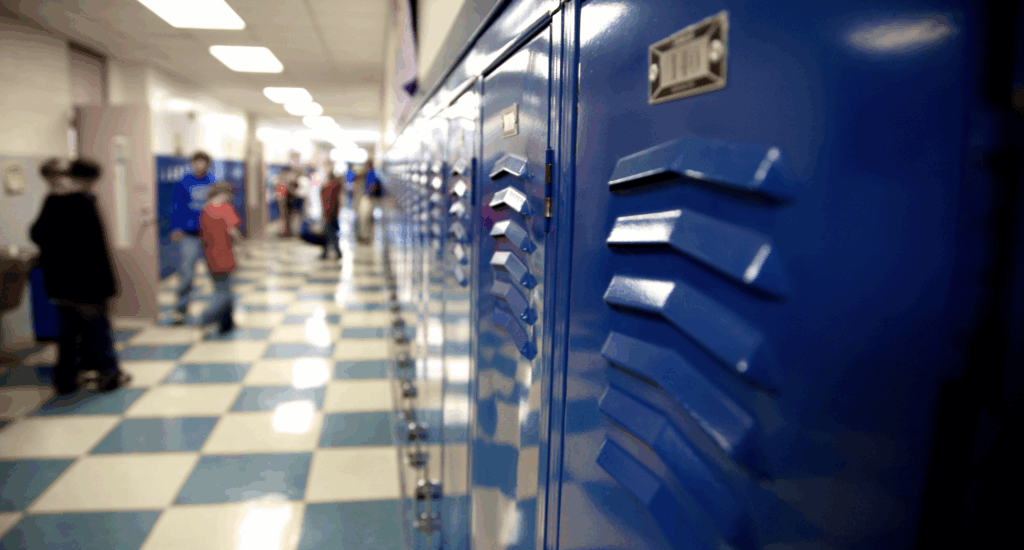Education Staffing Optimization: Role-by-Role Guide to Temporary Labor Strategies for Schools
June 17, 2025

Teacher shortages have long been in the news, but for educational institutions across the country, teachers are just one part of the staffing challenges faced every day.
Data shows that 83% of U.S. K-12 public schools report barriers to filling positions for non-teacher positions. These types of roles include classroom support staff, counselors, healthcare professionals, transportation workers, custodial staff, food service, and more.
To address these shortages, temporary staffing can be a crucial hiring strategy to ensure that campuses run smoothly.
How Temporary Staffing Fits into Institutional Hiring Strategies
Entering the 2023-2024 school year, public schools across the U.S. said that their top two hiring challenges were:
- Lack of applications, cited by 61% of schools surveyed about non-teaching roles
- Lack of quality, hirable candidates, cited by 52% of schools surveyed about non-teaching roles
Temporary staffing solves these two challenges every day of the week for a variety of industries and workplaces, including educational institutions like public and private schools, universities, libraries, museums, governmental departments, and more.
A staffing office team will be able to partner with institutional hiring managers to:
- Source target candidates from a variety of pools, allowing them to look beyond active applicants to find top-tier talent
- Screen and vet candidates according to rigorous standards, from background checks to behavioral screening to skills testing
- Manage the onboarding process and employee life cycle
- Assist with training, troubleshooting, and employee support and replacement as needed to ensure a good candidate match and improve retention
Whether you’re filling long term vacancies, seeking a sub for a few days’ work, or scaling your campus workforce, temp staffing offices offer solutions to fit your needs year-round.
Benefits of Using Temporary Staff in Schools and Universities
Here are some advantages of school and university campus staffing strategies.
- Cost efficiency
- Scalability
- Fast hiring timelines
- Access to new talent pools
- Reduced administrative burden
Implementing Temporary Staffing Strategies
Effective temporary staffing starts with a clear understanding of your needs. Before beginning the hiring process, take time to define roles, responsibilities, and expectations.
School Facility Staffing: Role-by-Role Analysis
While teachers first come to mind, many roles are involved in the education system, including the following.
Custodial Staff and Facilities Teams
Clean, well-maintained facilities directly impact student safety, staff satisfaction, and public perception. Temporary custodial and maintenance workers can help schools remain compliant with cleanliness and safety standards, especially during high-demand periods like flu season or summer turnover.
Typical roles include:
- Custodians and janitors
- Maintenance technicians
- Mechanics and skilled tradespeople
- Groundskeepers and landscapers
- Event setup and teardown crew
Healthcare Professionals
Health services are more important than ever in educational settings. Temporary healthcare staff can fill critical gaps caused by planned absences, sudden leaves, or seasonal surges in demand—ensuring students continue to receive care and compliance standards are met.
Typical roles include:
- School nurses (LPNs, RNs)
- Health aides
- Behavioral health support staff
- Occupational and physical therapy assistants
Administrative and Clerical Support
Behind every functioning school is a skilled admin team. These professionals handle everything from attendance records to parent communication and budget coordination. Temporary staff can help cover leave, support special projects, or backfill open roles during hiring freezes.
Typical roles include:
- Front desk support and receptionists
- Office assistants
- Departmental coordinators
- HR and payroll support
- Shipping, receiving, and mailroom clerks
Food Service Employees
Nutrition is a core part of student success. Temporary food service workers help schools serve meals efficiently while meeting health and safety regulations. They are especially useful during staffing shortages, increased enrollment, or summer feeding programs.
Typical roles include:
- Cafeteria workers
- Food prep assistants
- Line servers
- Dishwashers and sanitation workers
- Kitchen managers
The Future of Temporary Staffing in Education
Temporary staffing is evolving. Looking ahead, expect to see more flexible work models, growing reliance on technology, and a stronger focus on skills-based hiring.
For schools and campuses facing unpredictable needs and shifting workloads, temp staffing remains a practical, budget-friendly, scalable solution. Need help with school facility staffing? Snelling is here to support you with custom workforce strategies that work. Reach out to learn more.







